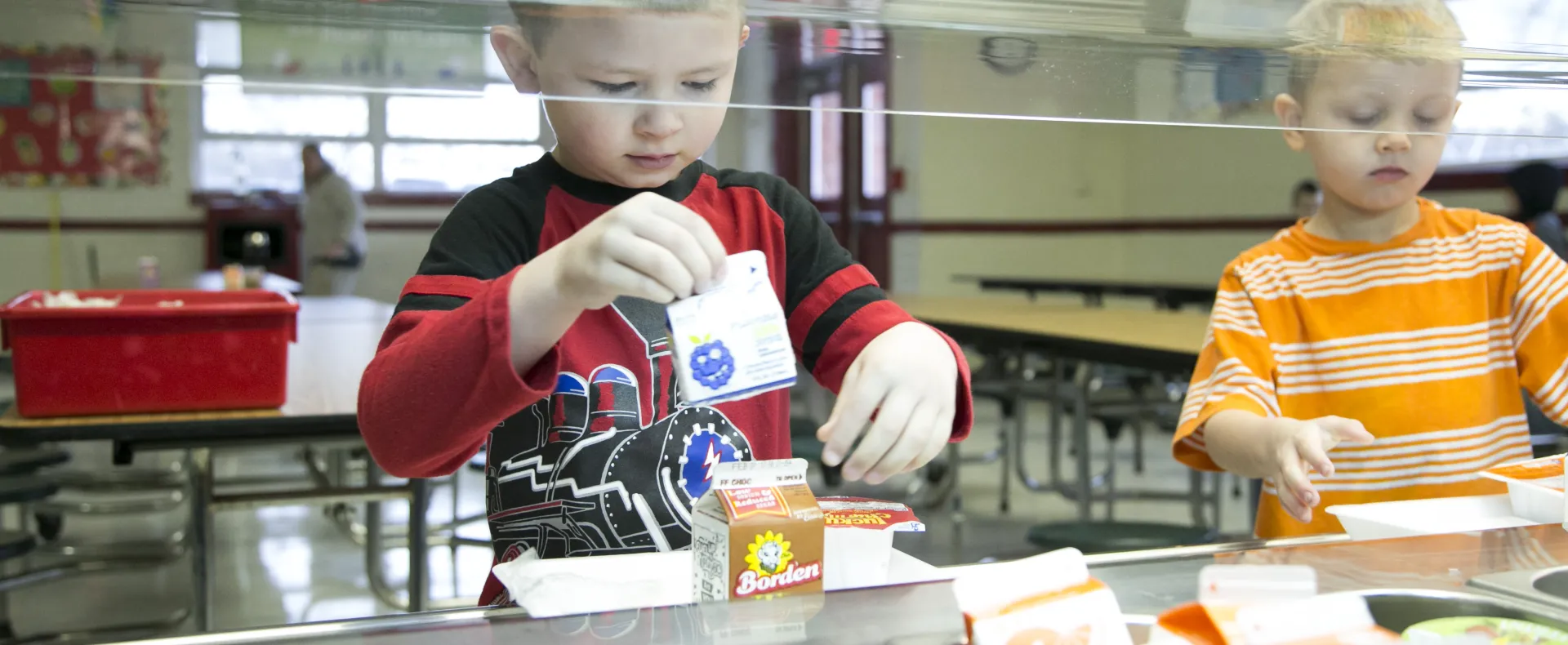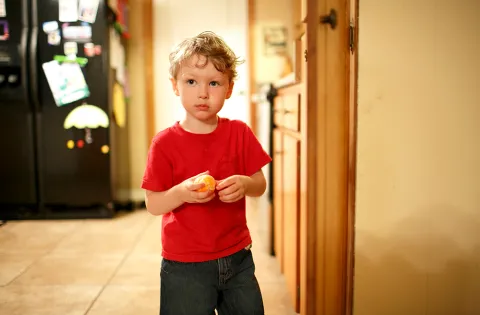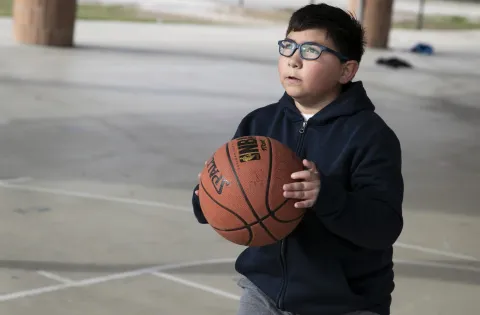When schools shut down to prevent the spread of the coronavirus last spring, school meal programs were disrupted across the nation. According to new research, these school closures resulted in students dependent on free and reduced-price meals missing 1.15 billion breakfasts and lunches in school between March 9 and May 1 alone.
“School Closures During COVID-19: Opportunities for Innovation in Meal Service," a new study led by Columbia University Mailman School of Public Health’s Eliza W. Kinsey, PhD, and co-authored by the No Kid Hungry Campaign’s Margaret Read, Courtney Smith and Pamela Niesen, among others, examines the disruption in school meal service due to school closures. The study also highlights strategies that states and school districts are using to replace these missed meals, while also exploring lessons learned from the pandemic.
As the Coronavirus crisis continues, studies show 1 in 4 families with kids in America facing food insecurity, a leap from the 1 in 7 reported in September 2019. Schools have traditionally been a critical source of nutrition for children facing food insecurity through free and reduced-price school meals. In fact, in 2019, the National School Lunch Program and School Breakfast Program served approximately 15 million breakfasts and 30 million lunches daily at low or no cost to low-income students.
Thanks largely to flexibilities provided by the USDA, states, school districts and school nutrition staff were quick to develop innovative meal services, including grab-and-go models, expanded meal services and even home delivery programs. Despite their herculean efforts, shortfalls remain, as this new research shows the number of meals served in a typical school week in Maryland greatly outnumber those being served in replacement models.
Missed school meals impact children’s health, nutrition, food security and academic success. These consequences are also likely even more drastic for low income and children of color, whose families are already being disproportionately impacted by the pandemic.
Though they play a large role, school nutrition programs should not be tasked with filling this gap on their own; there are programs that work together effectively and efficiently to make sure hungry kids and families get the nutrition they need:
The Supplemental Nutrition Assistance Program (SNAP), for example, is a safe, effective way for families to feed their children. It works alongside school meals, which provide critical nutrition for children during the week, and Pandemic EBT, which provides a benefit to replace some of those meals when schools are closed. Schools also need the USDA to extend child nutrition waivers through the end of the academic year so they can plan and prepare their meal programs and continue reaching kids in need.
With leadership from elected officials at all levels of government, strong federal nutrition programs, and the hard work happening every day from schools and organizations on the front lines, we will continue to work to fill the gaps and ensure kids get the nutrition they need, whether they’re in school or at home.



